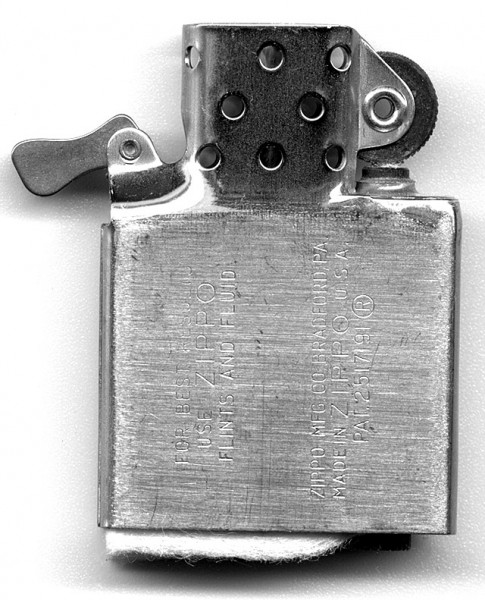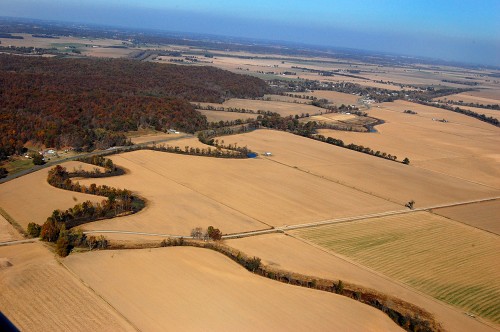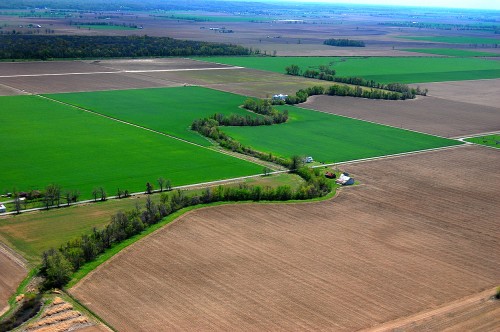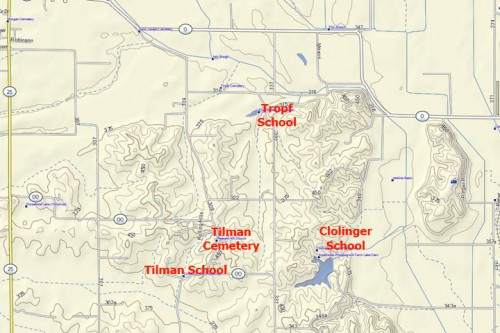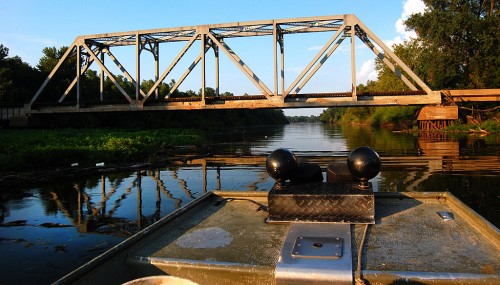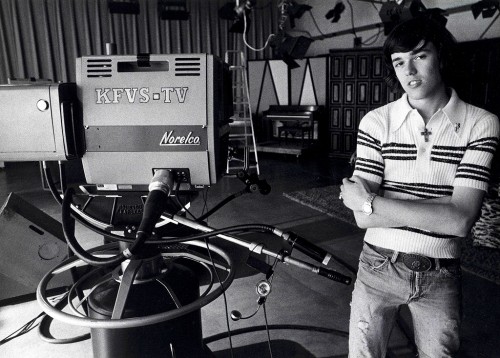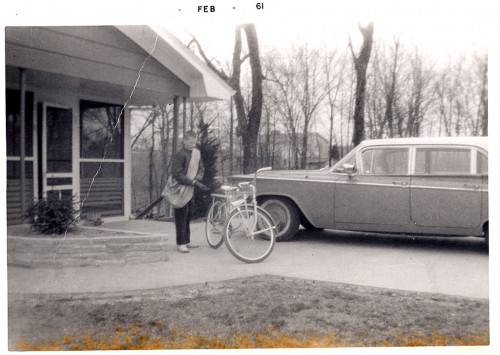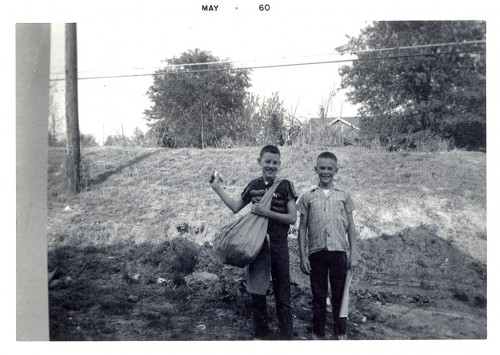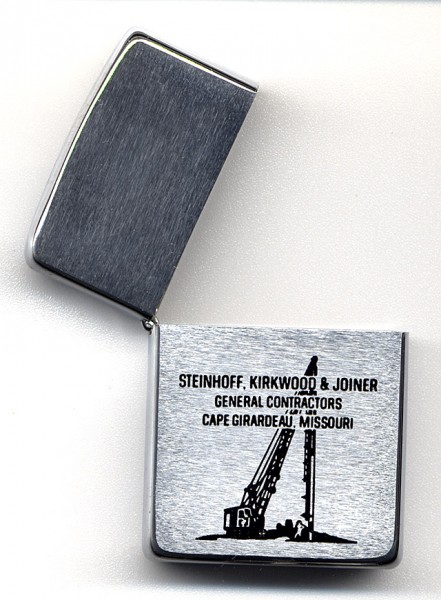 Dad was a smoker until he quit cold turkey one New Year’s Eve without telling any of us. We noticed that he was crankier than usual, but he didn’t tell us what he had done for a couple of weeks, “in case I couldn’t do it,” he said later.
Dad was a smoker until he quit cold turkey one New Year’s Eve without telling any of us. We noticed that he was crankier than usual, but he didn’t tell us what he had done for a couple of weeks, “in case I couldn’t do it,” he said later.
One day he came home with a handful of these Zippos with his company logo on them. As a non-smoker and as an appreciator of something special, I never put lighter fluid in mine nor did I ever spin the flint. I don’t recall him carrying one of these special editions.
Zippo lighters worked
I remember well the Zippo lighter he DID carry. There was something simple and satisfying about this simple, but foolproof device. There was the “click” it made when you opened it, and the “clunk” it made when it was closed. Because of the nearly windproof chimney, it was almost impossible to blow the flame out; the proper way to put it out was to close the top, starving the flame of oxygen.
You filled it by putting lighter fluid on cotton batting inside the base. Dad always carried a couple of spare flints back there.
Zip!…It’s Lit!
One spin of the flint stiking was all it generally took to light. I’ll never forget the slight smell of ozone that came from the flint and the smell of the lighter fluid. Looking at the instruction sheet brought back the memory of those zebra-striped Zippo fluid cans. I’m going to have to look under the basement stairs to see if any of the old cans are still there. The fluid, I’m sure, has long since evaporated, but it would be neat to see a can again.
They weren’t kidding about the life-time warranty, either. Something happened to Dad’s lighter – maybe it was the cam on the left that kept the lid securely open or closed that broke – anyway, he sent it in and they replaced the guts of the lighter and returned it with the original case. (You might have to click on the pictures to get the instruction sheets big enough to read.)
Personalize your Zippo
 I’m pretty sure Dad’s everyday Zippo was plain, but you COULD personalize it for as little as a buck. I don’t have any idea what the Steinhoff, Kirkwood & Joiner cases cost, or if they might have been a Zippo promotion to encourage him to buy more.
I’m pretty sure Dad’s everyday Zippo was plain, but you COULD personalize it for as little as a buck. I don’t have any idea what the Steinhoff, Kirkwood & Joiner cases cost, or if they might have been a Zippo promotion to encourage him to buy more.
Dad tried some other lighters. I think Ronson made one that had a rounded case. It didn’t work like a Zippo, though, so it didn’t get carried long.
Guys got really attached to their Zippos. That’s hard to believe in this day of throwaway butane jobs (that don’t work as reliably as a Zippo).
Zippo Rule
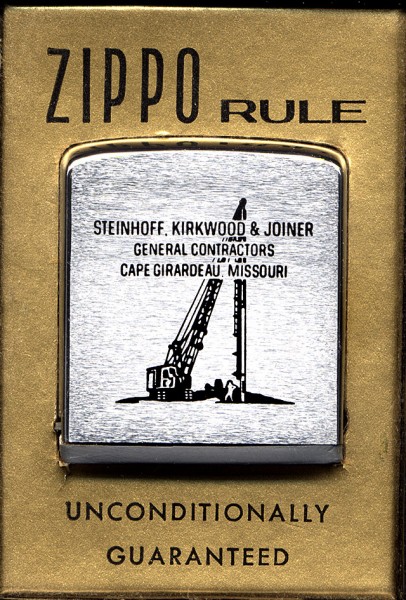 At the same time he got the SK&J lighter, he got a Zippo Rule with the same logo on it. It looks like a lighter, but the case contains a tape measure.
At the same time he got the SK&J lighter, he got a Zippo Rule with the same logo on it. It looks like a lighter, but the case contains a tape measure.

